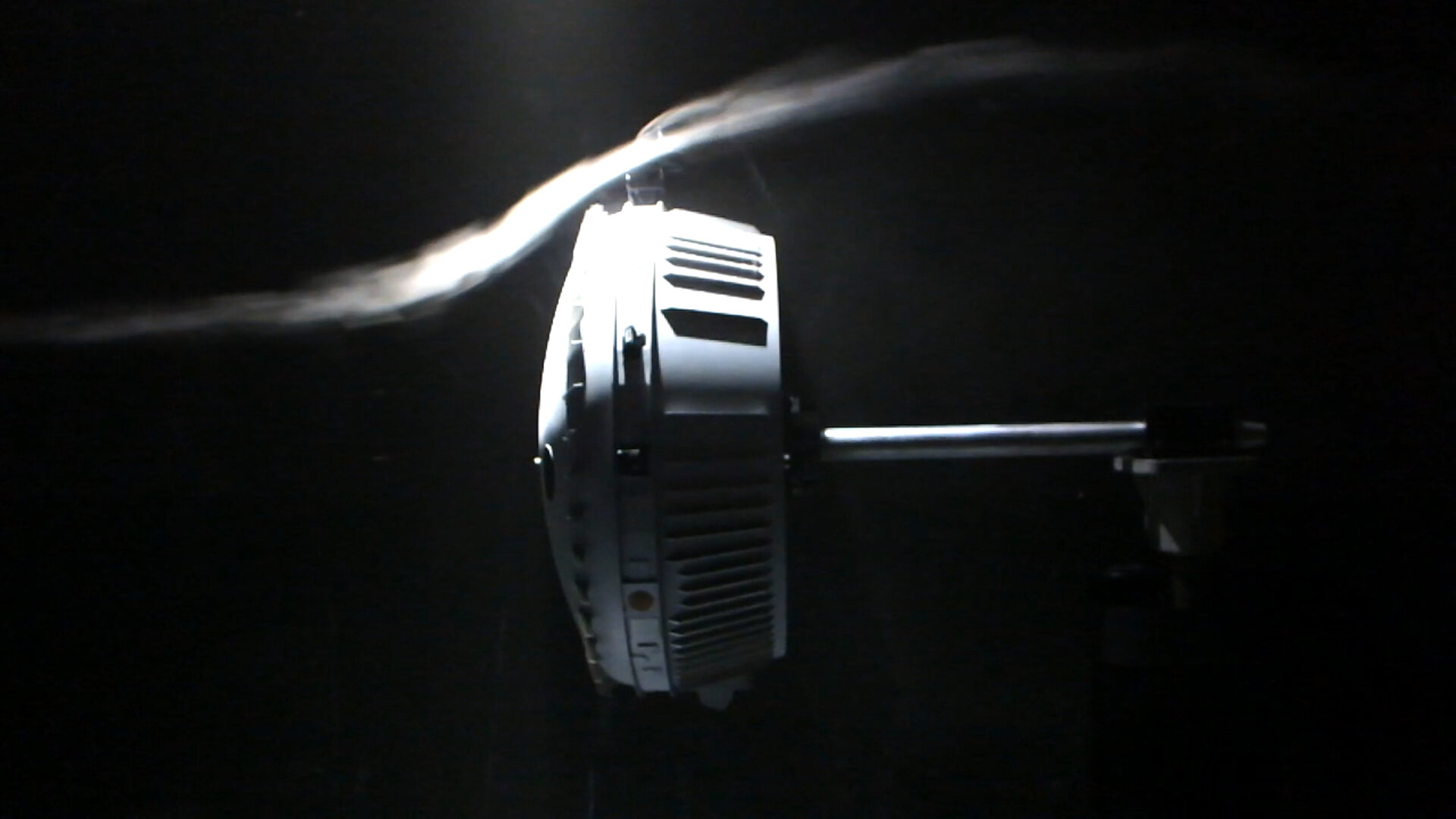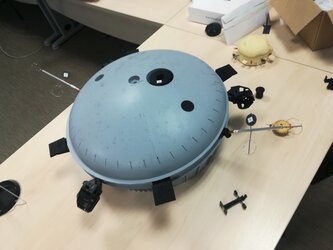Accept all cookies Accept only essential cookies See our Cookie Notice

About ESA
The European Space Agency (ESA) is Europe’s gateway to space. Its mission is to shape the development of Europe’s space capability and ensure that investment in space continues to deliver benefits to the citizens of Europe and the world.
Highlights
ESA - United space in Europe
This is ESA ESA facts Member States & Cooperating States Funding Director General Top management For Member State Delegations European vision European Space Policy ESA & EU Space Councils Responsibility & Sustainability Annual Report Calendar of meetings Corporate newsEstablishments & sites
ESA Headquarters ESA ESTEC ESA ESOC ESA ESRIN ESA EAC ESA ESAC Europe's Spaceport ESA ESEC ESA ECSAT Brussels Office Washington OfficeWorking with ESA
Business with ESA ESA Commercialisation Gateway Law at ESA Careers Cyber resilience at ESA IT at ESA Newsroom Partnerships Merchandising Licence Education Open Space Innovation Platform Integrity and Reporting Administrative Tribunal Health and SafetyMore about ESA
History ESA Historical Archives Exhibitions Publications Art & Culture ESA Merchandise Kids Diversity ESA Brand Centre ESA ChampionsLatest
Space in Member States
Find out more about space activities in our 23 Member States, and understand how ESA works together with their national agencies, institutions and organisations.
Science & Exploration
Exploring our Solar System and unlocking the secrets of the Universe
Go to topicAstronauts
Missions
Juice Euclid Webb Solar Orbiter BepiColombo Gaia ExoMars Cheops Exoplanet missions More missionsActivities
International Space Station Orion service module Gateway Concordia Caves & Pangaea BenefitsLatest
Space Safety
Protecting life and infrastructure on Earth and in orbit
Go to topicAsteroids
Asteroids and Planetary Defence Asteroid danger explained Flyeye telescope: asteroid detection Hera mission: asteroid deflection Near-Earth Object Coordination CentreSpace junk
About space debris Space debris by the numbers Space Environment Report In space refuelling, refurbishing and removingSafety from space
Clean Space ecodesign Zero Debris Technologies Space for Earth Supporting Sustainable DevelopmentApplications
Using space to benefit citizens and meet future challenges on Earth
Go to topicObserving the Earth
Observing the Earth Future EO Copernicus Meteorology Space for our climate Satellite missionsCommercialisation
ESA Commercialisation Gateway Open Space Innovation Platform Business Incubation ESA Space SolutionsLatest
Enabling & Support
Making space accessible and developing the technologies for the future
Go to topicBuilding missions
Space Engineering and Technology Test centre Laboratories Concurrent Design Facility Preparing for the future Shaping the Future Discovery and Preparation Advanced Concepts TeamSpace transportation
Space Transportation Ariane Vega Space Rider Future space transportation Boost! Europe's Spaceport Launches from Europe's Spaceport from 2012Latest

Visualisation of airflow across Huygens replica
Thank you for liking
You have already liked this page, you can only like it once!
As part of the international Cassini mission, ESA’s Huygens probe made history on 14 January 2005 when it became the first probe to successfully land on another world in the outer Solar System. However, during its descent, the probe began spinning the ‘wrong’ way – and new results confirm why.
The image, produced in the wind tunnel at the PRISME Laboratory at the University of Orléans, France, shows how air flows across a 1:3 scale replica of Huygens – as visualised using white smoke. It was taken as part of subsonic testing performed from 2017 to 2019 to determine how ESA’s Huygens probe spun during its descent to Titan.
Huygens was released from Cassini spinning anti-clockwise but, approximately 10 minutes after entering Titan’s atmosphere, the probe’s spin unexpectedly reversed to become clockwise. It kept spinning this way for the rest of the descent; luckily, the magnitude of this reversed spin was similar to that expected by the researchers, meaning that the unexpected flip affected the timing of the planned observations, but did not dramatically affect their quality.
The recent tests now confirm the cause of this flip in spin direction. While the probe was equipped with vanes to regulate its spin, other appendages on the spacecraft produced a torque in the opposite direction; this was only exacerbated by the way in which these vanes redirected the gas flow around the body of the probe, so that an overall ‘negative’, or clockwise, spin effect was created. There are also indications that the booms of the Huygens Atmospheric Structure Instrument (HASI) might have not been fully or symmetrically deployed during descent; this effect is under further investigation.
This study was carried out under an ESA contract with LPC2E/CNRS-University of Orléans.
Full story: Huygens landing spin mystery solved
-
CREDIT
CNRS/LPC2E/PRISME -
LICENCE
ESA Standard Licence

Huygens wind tunnel test

Replica of ESA’s Huygens probe

Mock-up of ESA’s Huygens probe in PRISME Laboratory…

Predicted and actual spin rates of Huygens















 Germany
Germany
 Austria
Austria
 Belgium
Belgium
 Denmark
Denmark
 Spain
Spain
 Estonia
Estonia
 Finland
Finland
 France
France
 Greece
Greece
 Hungary
Hungary
 Ireland
Ireland
 Italy
Italy
 Luxembourg
Luxembourg
 Norway
Norway
 The Netherlands
The Netherlands
 Poland
Poland
 Portugal
Portugal
 Czechia
Czechia
 Romania
Romania
 United Kingdom
United Kingdom
 Slovenia
Slovenia
 Sweden
Sweden
 Switzerland
Switzerland


























